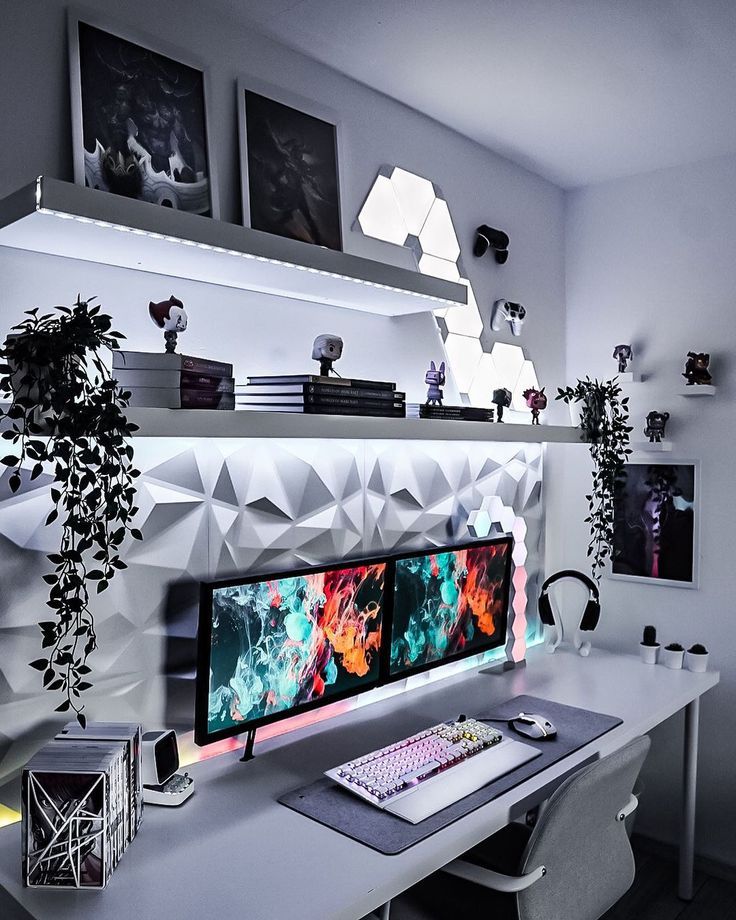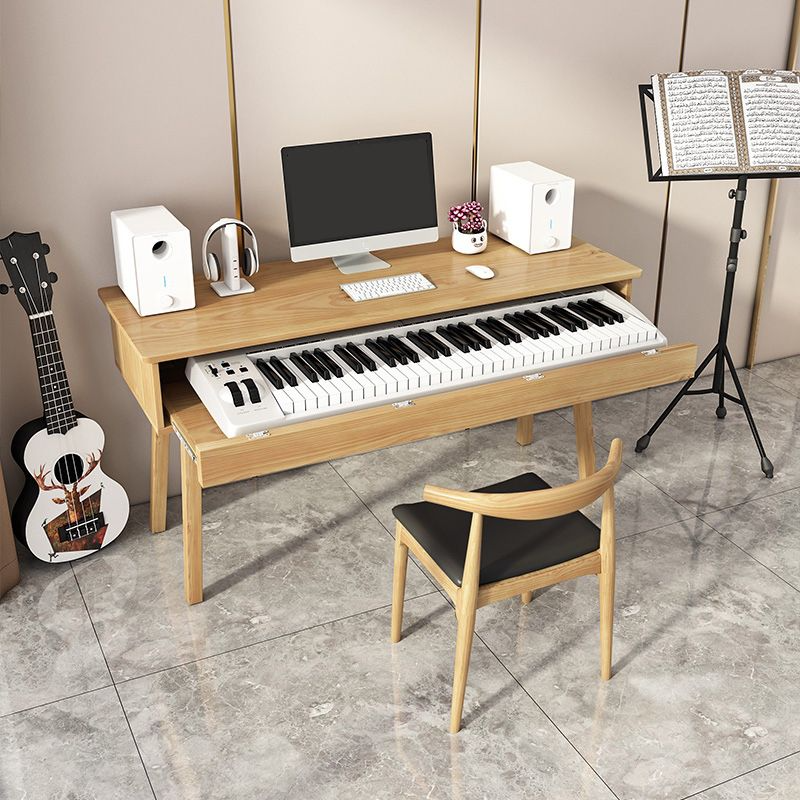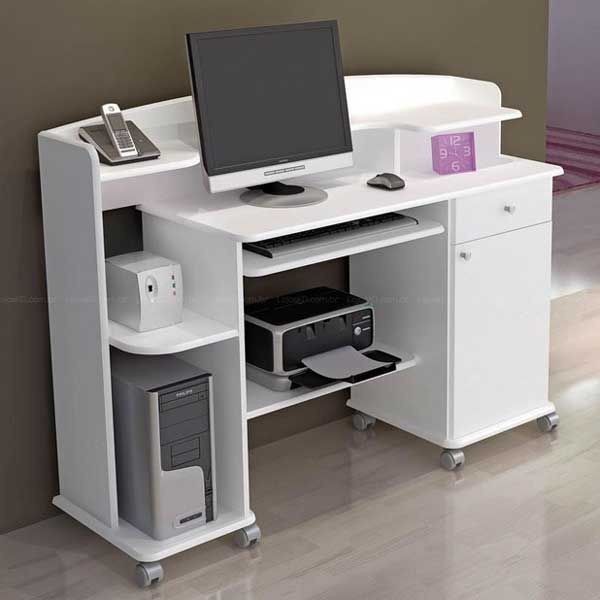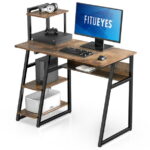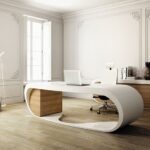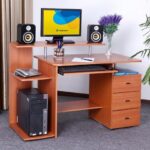The computer desk has come a long way since its inception in the early days of computing. Originally designed as a simple platform to hold a bulky desktop computer and monitor, modern computer desks have evolved to accommodate a wide range of devices and technologies, reflecting the changing needs of users in the digital age.
In the early days of personal computing, computer desks were often clunky and utilitarian, designed primarily for function rather than style. These desks were usually made of heavy wood or metal, with limited storage space and little consideration for cable management. Despite their lack of aesthetics, these desks served their purpose well, providing a sturdy surface for users to work on their computers.
As computers became smaller and more powerful, the design of computer desks began to change. Manufacturers started to incorporate features such as keyboard trays, adjustable heights, and built-in cable management systems to make the desks more user-friendly. The materials used to make computer desks also evolved, with the introduction of lighter materials like particleboard and metal, making it easier to move and assemble the desks.
With the rise of laptops and other portable devices, the traditional computer desk began to transform into a more versatile piece of furniture. Modern computer desks now come in a variety of styles and sizes to suit different needs and preferences. Some desks are designed specifically for gaming enthusiasts, with features like built-in cup holders, headphone racks, and LED lighting. Others are more compact and minimalist, catering to those who value simplicity and space-saving design.
In addition to style and functionality, modern computer desks also prioritize ergonomics and comfort. Many desks now come with adjustable features like height and tilt, to help users maintain proper posture and reduce the risk of repetitive strain injuries. Some desks even come with integrated standing desks, allowing users to switch between sitting and standing positions throughout the day.
Furthermore, the integration of technology into computer desks has become increasingly common. Some desks now come with built-in wireless charging pads, USB ports, and integrated speakers, allowing users to stay connected and productive without a tangle of cords cluttering up their workspace.
In conclusion, the evolution of modern computer desks reflects the changing needs and preferences of users in the digital age. From bulky and utilitarian designs to sleek and ergonomic solutions, computer desks have come a long way in terms of style, functionality, and technology integration. As we continue to embrace new technologies and devices, it will be exciting to see how computer desks continue to evolve to meet the demands of modern users.
